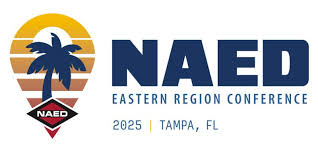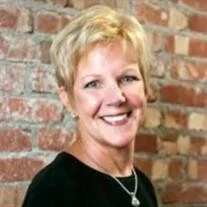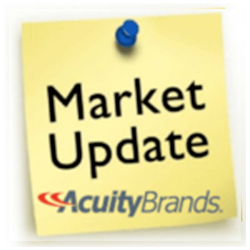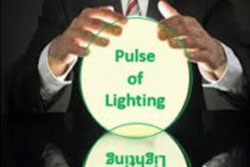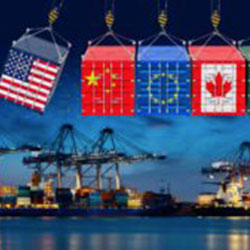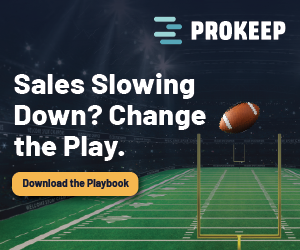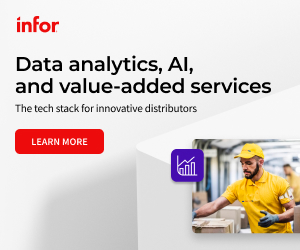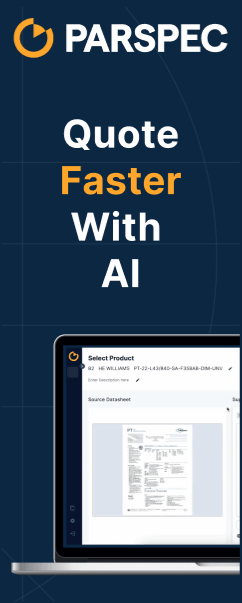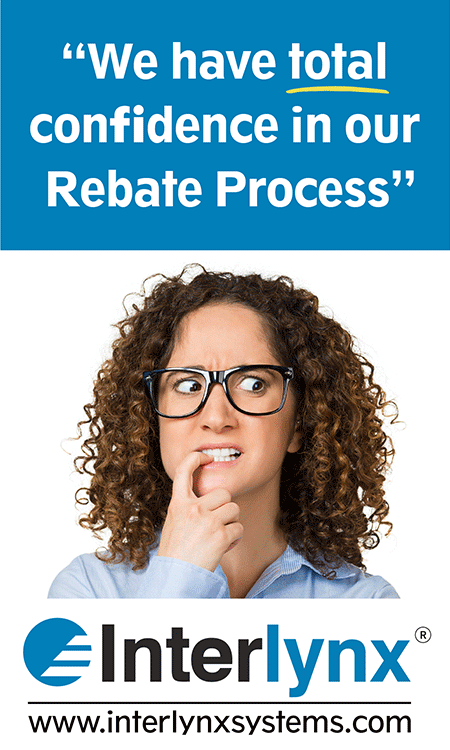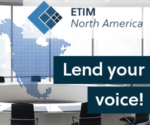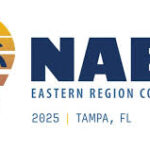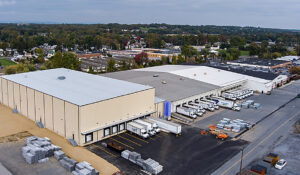Inaugural NAED Eastern Observations
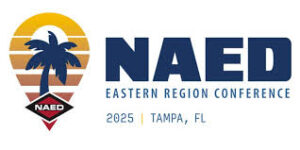 Last week’s NAED meeting held in Tampa was a robust affair with 851 registered attendees, many of whom were asking / answering about tariffs and then sharing their outlook for 2025.
Last week’s NAED meeting held in Tampa was a robust affair with 851 registered attendees, many of whom were asking / answering about tariffs and then sharing their outlook for 2025.
The event, the first that combined the historical NAED Eastern and NAED SouthCentral regions was busy for manufacturers as they jockeyed to combine more distributors into the same amount of time as the historically had (2 ½ days) which made it an interesting challenge.
The public areas (this hotel has essentially four lobby floors where meetings took place) and the bar area were busy throughout the conference as people mingled / found places to meet (this hotel has many public sitting areas).
The Numbers
Of the 851 attendees,
- Distributors represented 321
- Manufacturers represented 406
- Reps represented 57
- Service providers represented 61 (and many were eCommerce-related companies)
- AD had 6 attendees
Of the distributors, national chains had 119 attendees, or 37%, which was a lower percentage than the NAED Western and there were 65 independent distributors in attendance, including some smaller first-time attendees.
While many did not know what to expect for this first combined event, the overall turnout was lower than having two events (given that prior events average 500-550 people) which indicates a potential revenue shortfall (but hopefully NAED has rightsized its budget otherwise, even-though meeting fees have increased they will increase dues.) While some manufacturers may have brought an additional regional manager to cover a region, many shared that they didn’t have enough meetings to justify it or that they only send X national level management to a meeting and were able to still accommodate the number of requested meetings.
Heard During the NAED Eastern
I was able to attend for only two days due to flight delays on Sunday and leaving early due to the weather in Raleigh, so …
- Tariffs, tariffs, and tariffs. Everyone asking how manufacturers are handling the tariffs. Some distributors shared that most manufacturers are processing it as a price increase. Some are in the midst of doing an increase due to importing from China, others are waiting to see what happens with Mexico and Canada tariff proposals. A few distributors shared that some manufacturers are going forward with surcharges, which they were dismayed about. Reportedly one national distributor distributed a letter to manufacturers saying it will be rejecting all surcharges.
- The issue with surcharges is that distributors can not easily integrate this information into their ERP systems. While it may be easy for the manufacturer to add a line-item to an invoice, extrapolating that to applicable, and each, SKU is a logistical and product knowledge nightmare … and doesn’t work for the distributor ERP system.
- Manufacturers who have made announcements about “holding pricing” until the end of March are essentially saying “this is what we currently have in our warehouse.”
- Some manufacturers expect their overall increases be relatively reasonable due to Chinese companies absorbing some of the tariff increase, the percentage of a product that comes from China and/or any currency changes.
- For most, price increases are TBD and are expected to be announced in March / early April.
- The impact on demand is unknown at this time.
- Distributors, pre-tariff, were expecting low to mid-range sales increases.
- Manufacturers are talking data centers and promoting their products in these areas.
- Heard of a large wire / cable manufacturer that nominally increased their commissions to their reps after requiring their reps to sell a product category at no commission. Whether this was recognition that reps were not pursuing this business, that requiring them to sell something for no compensation is “wrong”, or that they needed to become more competitive with the market is unknown. The increase in commission was not reflected in any price increase (and, as mentioned, it was nominal.)
- Given the number of service providers involved in eCommerce (platforms and integrators), there was conversation about the opportunity / need to continue a digital journey. There were also companies in attendance talking about pricing (AI-driven), sales workflow management improvement, rebate management, SPA management, and contractor incentive programs.
NAED Eastern Topics
The General Session event had a good turnout as many came to see baseball Hall of Famer Cal Ripken, Jr. But, to get to the speakers …
Paul Kennedy, CEO of DSG and NAED Board Chair, welcomed the group and talked about the NAED Foundation investing in thought leadership and insights on behalf of the industry (membership) and highlighted the “Where’s My Stuff” initiative, IDEA, and NAED’s role in forging the alliance with NEMA, NEMRA and NECA and how the four major initiatives can benefit members.
He shared that the association’s role is to help provide strategic options for members who can then utilize the insights and turn them into action within their own business. Philosophically the message is … “we’re investing your dues (and donations) into information … it’s your option if you want to benefit from it.” Given the role of an association, it’s about all that NAED can do given that its “go to market strategy” is limited to conferences (which may or may not have the right attendees) and digital marketing through the magazine.)
This correlated with Wes Smith’s message as Wes spoke on:
An appeal to help in training his staff (“new”?) on the industry via a video that was shared.
The need for members to “get involved” and to participate.
For members to “share” data / information and that “together we can be better” and that, with shared data, all can benefit. This becomes important with the “Where’s My Stuff” initiative where he implored people to share insights to ensure that the Digital Center of Excellence is successful.
Relative to the DcoE, Wes shared that they are developing a blueprint, to be ready by the NAED Annual, that seemingly will result in a RFQ to software companies asking them to submit a proposal for the initiative. It is unclear if this will be jointly funded by NAED and a software company(ies) to implement a vision with shared revenues, if the software company is being given the opportunity to build a business, or if NAED will be the owner. Various models will presumably be discussed. Either way, it is a daunting task to develop and then generate adoption and utilization. Success will be dependent upon each national chain committing to the model and AD’s IESD division endorsing and getting its members involved as NAED will need sales assistance.
Wes also spoke about the association’s advocacy investment, the electrification initiative and workforce development.
The keynote speaker, Cal Ripken, Jr, was introduced by Alan Karen of Satco.
Ripkin, for those who don’t know, played for the Baltimore Orioles and is best known for his record of the most consecutive games played … while performing at a high level and earning Baseball Hall of Fame status.
The session was a different style. It was a Q&A fireside chat with Scott Costa and not designed as a motivational session.
Feedback was mixed. A number of people were looking at their phones while Ripken answered questions and shared input on what helped make him successful and how that can translate into life lessons. He was most animated when he recounted some baseball anecdotes. He’s also written a book that shares these takeaways.
Key points of his message were:
- Have a commitment to show up and show / deliver your value
- Preparation pays
I also attended one of the sessions … Innovator’s Huddle.
This was facilitated by Scott Wagner, NAED’s Director of Industry Transformation. The workshop was designed to generate some discussion, and idea sharing, relative to AI and AI adoption.
Good concept, tough topic given that many are early in the journey and reluctant to share in large sessions. Distributors and manufacturers are discussing AI applications, however, unless purpose-built applications, typically from service providers, are not developing organically as they do not have the skill set in-house. Some commented on the need for “good data” first. Unfortunately, attendance was light with about 20 people attending the vast majority being service providers.
Wes brought up the concept of being able to have visibility from the blueprint stage through to quoting, order processing, project expediting, and delivery. The insight could help contractors with labor scheduling, manufacturers with forecasting and all with much more. It’s a vision.
Which got me to thinking that there are participants missing from the discussion.
While NECA is adding resources / insight to the “Where’s My Stuff” initiative, there are software companies already serving this space and if some of the systems were invited to the table, could insights be gained / solutions be stitched together?
One company is Trimble.
Trimble works at the design and contractor stage while also helping in procurement. The company is deep in understanding contractors. Historically NAED considered them a “competitor” due to Trade Service, however, this was a years ago stigma. Product data is a nominal part of Trimble (probably not 1% of sales.) It was perceived as a competitor to IDEA but, long ago and actually they tried to support IDEA in the beginning … but that is water under the bridge. Reaching out to them, and other software companies involved in the design and contractor level, could be illuminating and beneficial for all.
The second issue is the need for data to be passed throughout the channel.
The promised of AI is that it can utilize unstructured data. It will but today the accuracy needs to improve. IDEA needs to be wider, deeper, more used. Much work still needs to be done. The emerging underpinning, the ETIM model, being refined by ETIM North America, is an alphanumeric coding model that could be easily passed between digital platforms, but needs adoption
The concept is aspirational. The question is the industry patient and willing to adopt?
Take Away
The takeaway … another NAED meeting. Good conversation with manufacturers and distributors. Good networking event. Stay tuned on tariffs.
Years ago, someone said to me the key to a good meeting is identifying a location, schedule a meeting, advise everyone and then “get out of the way.” This is what the electrical industry has come to expect from the NAED “regionals” … a gathering place. Any association-generating content is incidental, unfortunately, but this has become the expectation. The “niche” conferences are more topical in nature and appear to be where there is the potential for there to be knowledge transference and where ideas could be stimulated.
If you attended, thoughts? If you didn’t, why? If you could have (perhaps not asked by your company), what would you want from an industry conference?


